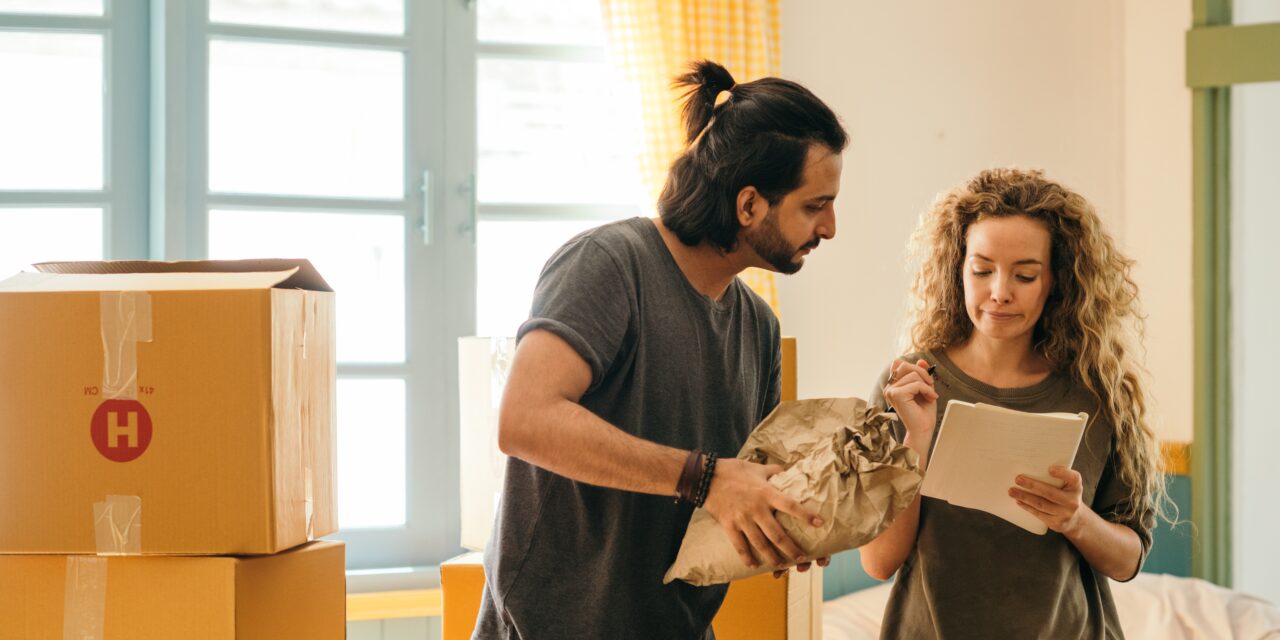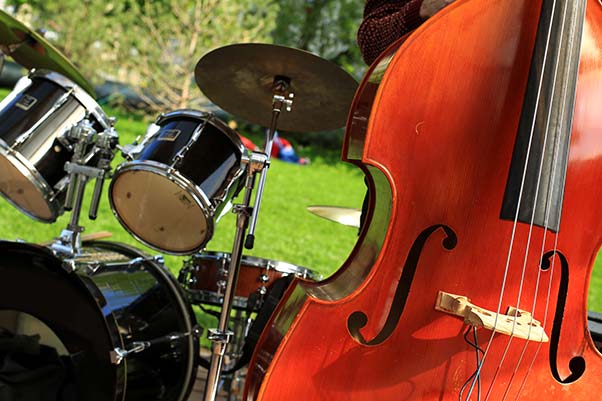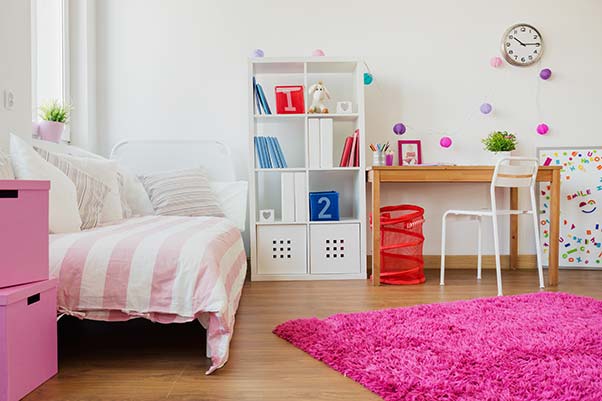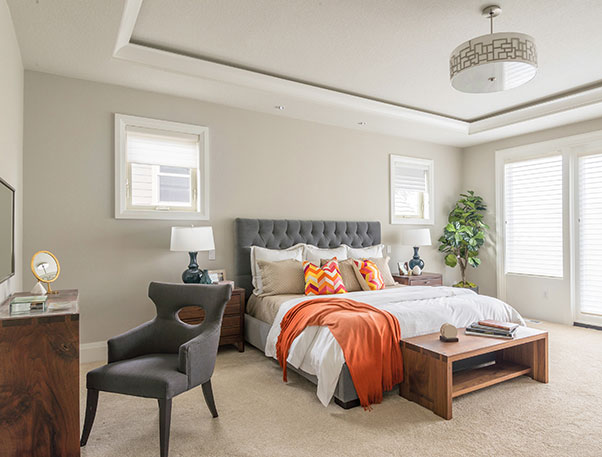Whether you’re downsizing your empty nest or relocating closer to work, moving from a house to an apartment or an apartment complex is a significant change. But it’s a change that comes with all sorts of exciting opportunities—including a chance to start fresh.
No matter your reason for moving, part of the adventure is packing up and preparing for your new space. Not sure where to start? Check out these tips and tricks as well as our recommendations for personal storage options, and you’ll be apartment-ready in no time.
Start Organizing Early
Looking for the best tips for moving in together or just need some help on where to start? Start early. The average American home contains 300,000 items, and the reality is that they likely won’t all fit in your new apartment. The sooner you start to declutter and organize, the better.
If possible, give yourself at least six months to prepare for the move into a smaller space. That way, you won’t feel pressured as your moving day draws near.
What does organizing mean? A few steps you might want to take in the months leading up to your move are:
- Making a list – Create a catalog of your possessions, noting value and location in the home. Having a written list makes it easier to visualize the amount of stuff you own, and you can check things off the list as you pack them.
- Decluttering – You may be familiar with Marie Kondo and KonMari: her method of keeping things that spark joy. As you start to pick through closets and garden sheds, categorize items as essentials (items you’ll definitely be taking with you) and non-essentials (things that may be better off in storage).
- Handling logistics – If you’re using a moving service, booking in advance will ensure availability on the day of your move. Should you decide to call in favors from friends and family to help out, giving them the date ahead of time is equally recommended. Acquiring totes and boxes also falls under this category.
Take Measurements
Naturally, transitioning from a house to an apartment means a reduction in size. Before you can confidently decide what to bring with you, you need to make sure it will fit!
Measure your desks and bookshelves, then bring a tape measure with you when you view the apartment. You’ll be able to assess whether the bed and the dresser will fit side by side, or whether your kitchen table is too large for the new space.
Knowing the apartment’s dimensions and the size of your major furniture pieces will help you visualize the layout. You’ll also find out if you need to purchase new furniture and store old tables and chairs away.
Invest in Multi-Functional Furniture
If you need to buy new furniture, look for products that serve multiple purposes. There are space-saving solutions for almost every situation, from ottomans that double as storage space to coffee tables that convert to desks.
Perhaps installing a murphy bed (also called a wall bed) is the answer to your space dilemma. Or maybe you’ll want an adjustable dining room table that can be enlarged to accommodate more guests.
When a piece of furniture is versatile, you can streamline your home. Multi-functional furniture may cost a bit more, but you’ll be glad to have the extra room in your apartment.
Look On the Bright Side
Leaving a home you’ve spent years in can be an emotional experience, but apartments come with a wealth of benefits that detached homes don’t have. Maybe you’re even moving to an apartment in a senior living community. If you are, be sure to check out our blog on downsizing for seniors. No matter what your next move is, there are many pros to apartment life.
Here are some of the perks of apartment living:
- Amenities – Many apartment buildings come with fitness centers, pools, community rooms, and more. Try to take advantage of these options as much as you can.
- Low maintenance – Raking leaves? Watering the lawn? In an apartment building, these are chores of the past. And for the green thumbs, most apartments still have balconies so that you can keep a small herb garden or some houseplants.
- The view – Any unit above the second floor will likely be higher than your average home, which means you’ll have a bird’s eye view of your surroundings. Hopefully, you’ll be able to catch sunsets on your balcony, or at least see if your favorite coffee shop has a line before you head down!
Make Use of Self-Storage Units
According to 2018 data, the median length for a U.S. family to stay in the same home is 13 years. When you live in the same place for a decade or more, it’s easy to accumulate a lifetime’s supply of sentimental objects.
A self-storage unit allows you to hold on to those cherished memories without having to find room for them in your new, less spacious apartment. With the freedom to come and go as you please, you can take a trip down memory lane anytime the mood strikes.
Self storage can also be useful during the moving process, especially if your house sells before your apartment is fully ready. Having a place to temporarily (or permanently) store your possessions simplifies your transition to a new home.
Here at Price Self Storage, we offer storage options to fit every situation. With a variety of sizes and features, moving from house to apartment has never been so easy. Moving supplies and boxes are available for purchase to make the whole experience a breeze. It will help you check off your ultimate moving checklist thanks to all the extra space needed after moving into a smaller apartment.
If you need storage made simple, get in touch with us today!
Sources:
Los Angeles Times. For many people, gathering possessions is just the stuff of life. www.latimes.com/health/la-xpm-2014-mar-21-la-he-keeping-stuff-20140322-story.html
National Association of Realtors. How long do homeowners stay in their homes? www.nar.realtor/blogs/economists-outlook/how-long-do-homeowners-stay-in-their-homes










